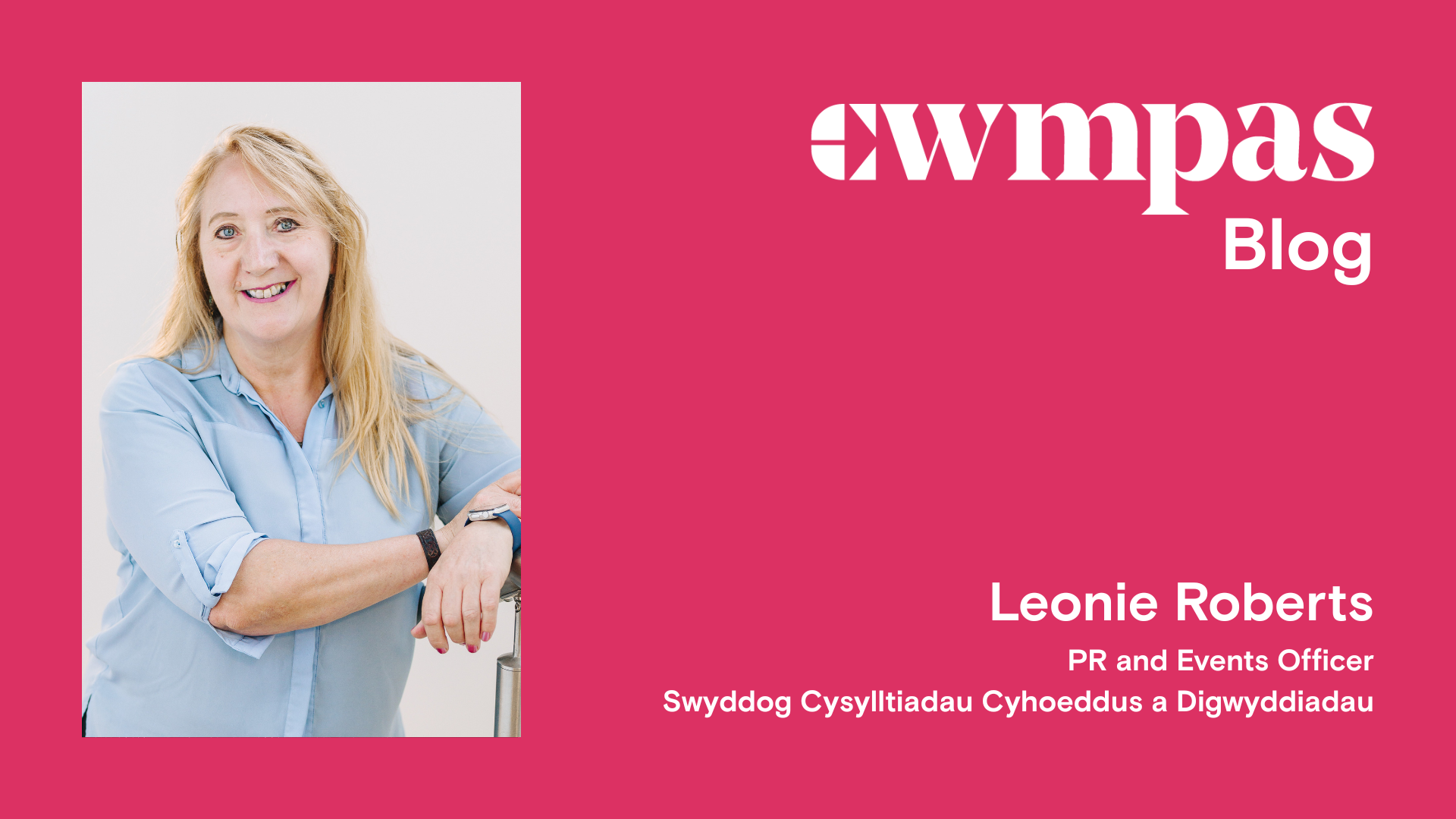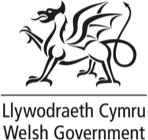
Reflections on the 2025 Wrexham National Eisteddfod
I spent a whole week at the Wrexham National Eisteddfod week recently, co-ordinating our Cwmpas stall. It was my very first proper experience of the Eisteddfod – and I loved it!
This year I embraced the full experience alongside more than 250 other trade stands and stallholders, and around 150,000 visitors.
Nearly 830,000 people in Wales speak Welsh, estimates say. Apparently the number of Welsh speakers in Wales is increasing year on year. After 38 years living and working in Wales, I’m long overdue to boost my spoken Cymraeg skills, but I was pleasantly surprised to find that I understood a lot more than I anticipated.
I came away from the Eisteddfod with a much bigger appreciation of how powerful and important Welsh culture is, how strong the drive of ‘hiraeth’ and ‘Cymru am byth’ is – and how important the Welsh language really is to the people of Wales.
During the week, we welcomed retired judge and former broadcaster Niclas Parry* to our stand to chair a panel discussion talking about the past, present and future for Welsh language driven by ‘mentrau cymunedol’ (community innovation). It’s a fascinating topic, to which Cris Tomos of Pembrokeshire-based community-led development organisation Planed, Lowri Jones of Menter y Vale, Ceredigion, Lowri Hedd Vaughan of Partneriaeth Dyffryn Peris, Gwynedd, and Marc Jones of Saith Seren, Wrexham contributed passionate views.
People often don’t realise how powerful grassroots community movements can be.
St Giles Trust began 60 years ago when residents of Camberwell in London started offering support to ex-prisoners who were sleeping in the crypt of St Giles Church – and this community spirit is now contributing powerfully to Colwyn Bay’s wellbeing. There, St Giles Trust Cymru’s sensitive, supportive social supermarket and wrap-around care helps people to change their lives and blaze their own path towards a better future.
Anne-Marie Rogan and Lisa Owen from St Giles Cymru joined our stand late in the week, together with local social entrepreneurs Brian Colley from Glyn Wylfa in Chirk, Nick Amyes from Brymbo Heritage Trust (which is promoting Stori Brymbo – a world first live excavation of 300-million-year old fossilised trees, some of which I was lucky enough to see first-hand on our near neighbour the Heritage Lottery Fund’s stand), and SEN coach, counsellor and teacher Lenora Borsje of Kolourful Unique. They all spent an afternoon networking on our stand and talking about how their social enterprises balance profit with purpose – ‘making money but not taking money’, as Brian put it.
The Cwmpas community-led housing team invited Dr Edward Thomas-Jones (a senior lecturer in economics at Bangor university) and Dewi Roberts of Llanfywio to our stand on Thursday. They watched an exclusive interview in which Welsh singer and language rights campaigner Dafydd Iwan explained why he helped create affordable housing initiative Tai Gwynedd in 1971, and looked ahead to plans for the future of community-led housing in Wales.
Walking across the Maes with an old friend (a previous Vice Chair of the National Eisteddfod committee), we hovered on the edge of a packed tent to listen to Dafydd Iwan himself singing ‘Yma o hyd’, and joined in with the chorus in a moment of mutual hwyl. I spent some time watching the acts on the big stage, and came away appreciating how many talented Welsh Language musicians, poets, writers and artists there are.
The father of a close friend (the former Minister of a Rhondda valleys housing estate) was welcomed into the Gorsedd of Bards on the Friday – a recognition given in gratitude for service to Welsh culture. It was an incredibly moving moment.
Wales is brimming with pride and patriotism.
All week on the stand the team and I spoke to residents from villages, towns and cities throughout Wales, who told us about their community’s unique strengths, challenges, and aspirations. The Perthyn team investigated the gaps that the Cwmpas project can fill to help build a vibrant and sustainable future for communities across Wales.
Lots of children (and adults) had a go with our VR headsets (courtesy of our digital inclusion team), enjoying Welsh music performances and beautiful views from across Wales, and the team were ready with advice and support.
I spent time wandering round the commercial stalls filled with locally-made knitwear, t-shirts and sweat tops, candles, scents, gifts, blankets, and paintings, many of them small businesses run by creative Welsh entrepreneurs with big ideas. My children loved their Eisteddfod-inspired presents.
I read a report near the beginning of Eisteddfod week which described Wales as ‘an innovation desert’ with a ‘self-limiting mindset’.
If Wales needs a new approach to economic development, then the Eisteddfod proved to me that the Welsh spirit is as powerful as ever, and that communities and dynamic social enterprises in every county are ready to offer co-created solutions which prioritise people and planet.
Let’s hope that Welsh businesses can rely on prolonged support from the right quarters which enables them to protect and grow the Welsh culture and heritage, and empowers Wales’s citizens.
And me? The quiet ceremony watched by hundreds of ordinary Welsh people, men, women, and children, all celebrating the Druids in their white, blue and green robes, was a very emotive display of Welsh traditional culture, and a clear demonstration that the beauty and magic of Wales still has the power to touch and influence me, as it has for 38 years. I’ll definitely be back at the Eisteddfod next year.
*Nic Parry has since been announced as President of the Court and Chair of the National Eisteddfod Management Board for the 2026 Eisteddfod – we wish him our congratulations.









